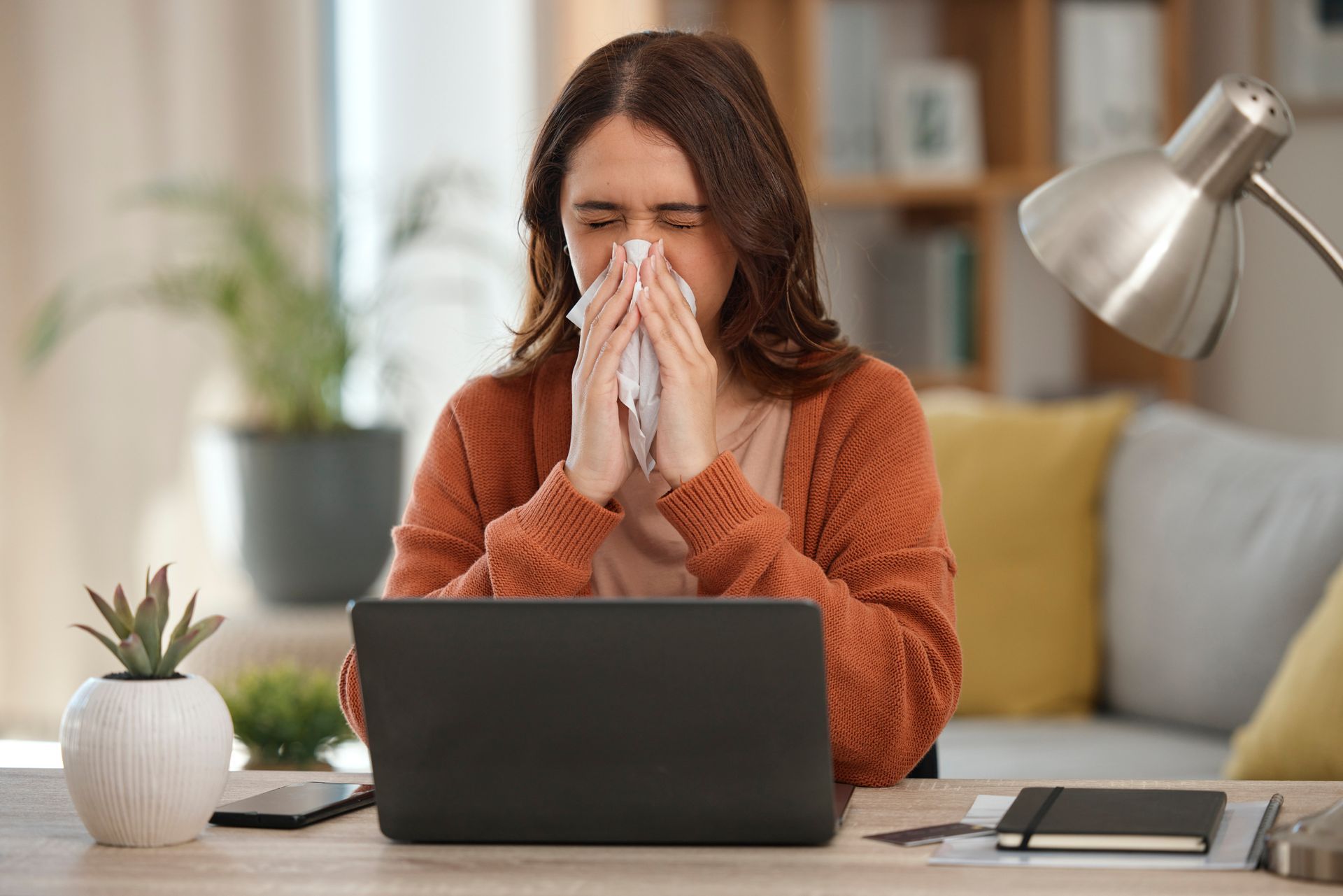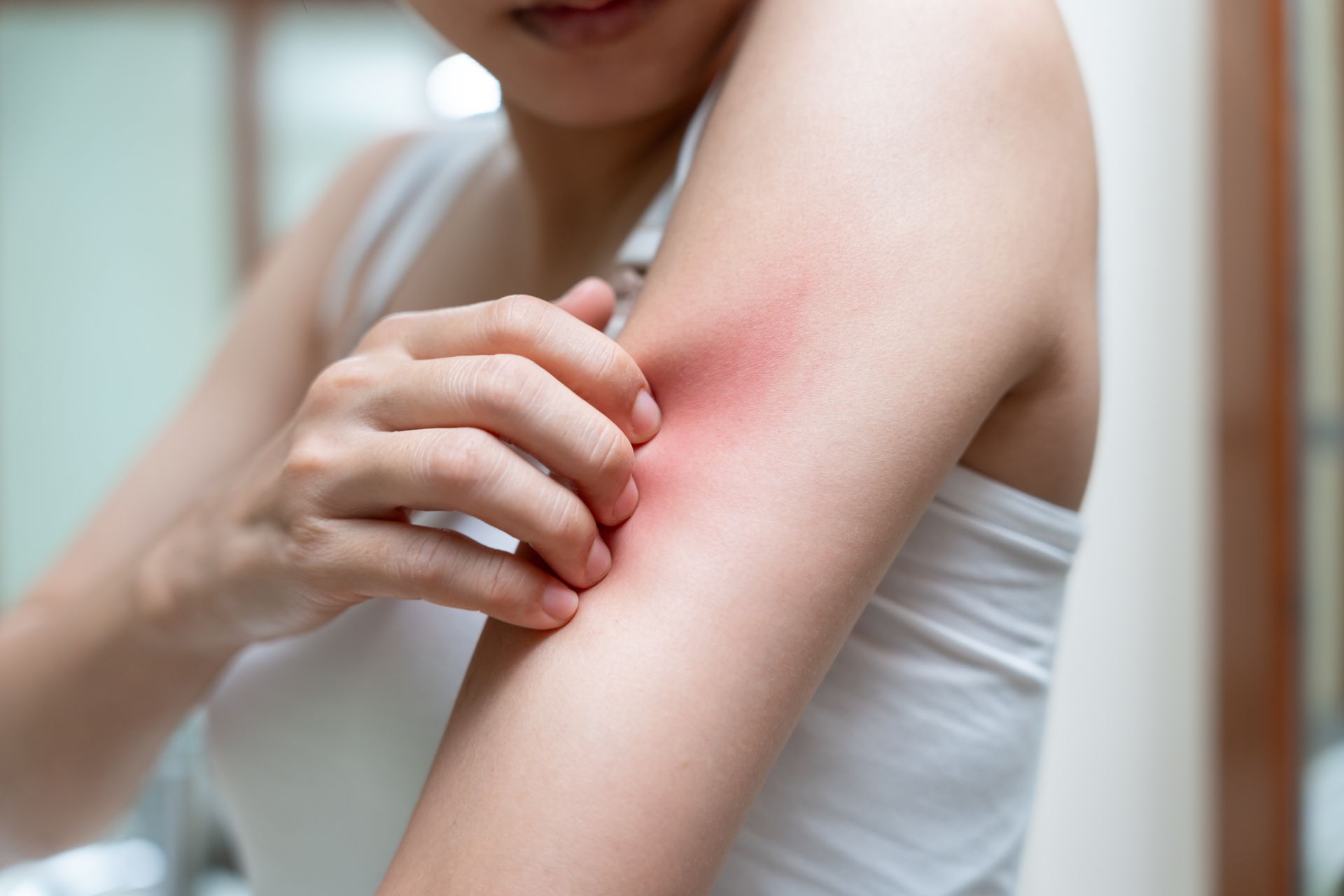Which Trees Trigger Your Pollen Allergy Symptoms? A Quick Guide
Ah, spring in Arizona—where the desert blooms and the air fills with… achoos! Got that all-too-familiar sneezing fit? That’s because, for many, this season of renewal also brings watery eyes, scratchy throat, and skin reactions.
The culprit? Trees. As trees begin to bloom, they release pollen into the air. These tiny particles can trigger big for allergy sufferers. And while tree pollen season usually kicks off in late winter or early spring, the effects can linger for months, depending on where you live.
But worry not because here at
Advanced Allergy and Asthma, we’ll bring you the information you need to pinpoint your triggers and the personalized solutions to manage them so you can breathe easier all season long.
Don’t Let Allergies Ruin Another Spring
Why Tree Pollen Triggers Allergies
So, what exactly is the deal with tree pollen, and why does it send your immune system into overdrive?
Pollen Is Harmless, but Your Body Doesn’t Get the Memo
For most people, tree pollen is just part of nature doing its thing. It’s generally harmless, but for allergy sufferers, the immune system sees it as a threat, like a virus or bacteria, when it enters the body.
Once this happens, your body releases histamines and other chemicals to protect your body. This overreaction is what causes those classic pollen allergy symptoms:
| Sneezing fits | Itchy or watery eyes | Stuffy or runny nose |
|---|---|---|
| Postnasal drip | Coughing or irritated throat | Fatigue from poor sleep or constant congestion |
These symptoms occur because your body is trying to flush out something that it deems as a threat. This is why many people turn to long-term treatment for pollen allergy to avoid losing spring’s precious moments.
What Trees Cause the Most Allergies?
Seasonal allergies affect 25.7% of adults and 18.9% of children, and trees are usually the culprit. However, not all trees are equally guilty; some are notorious for producing large amounts of highly allergenic pollen.
Here’s a roundup of top pollen offenders:
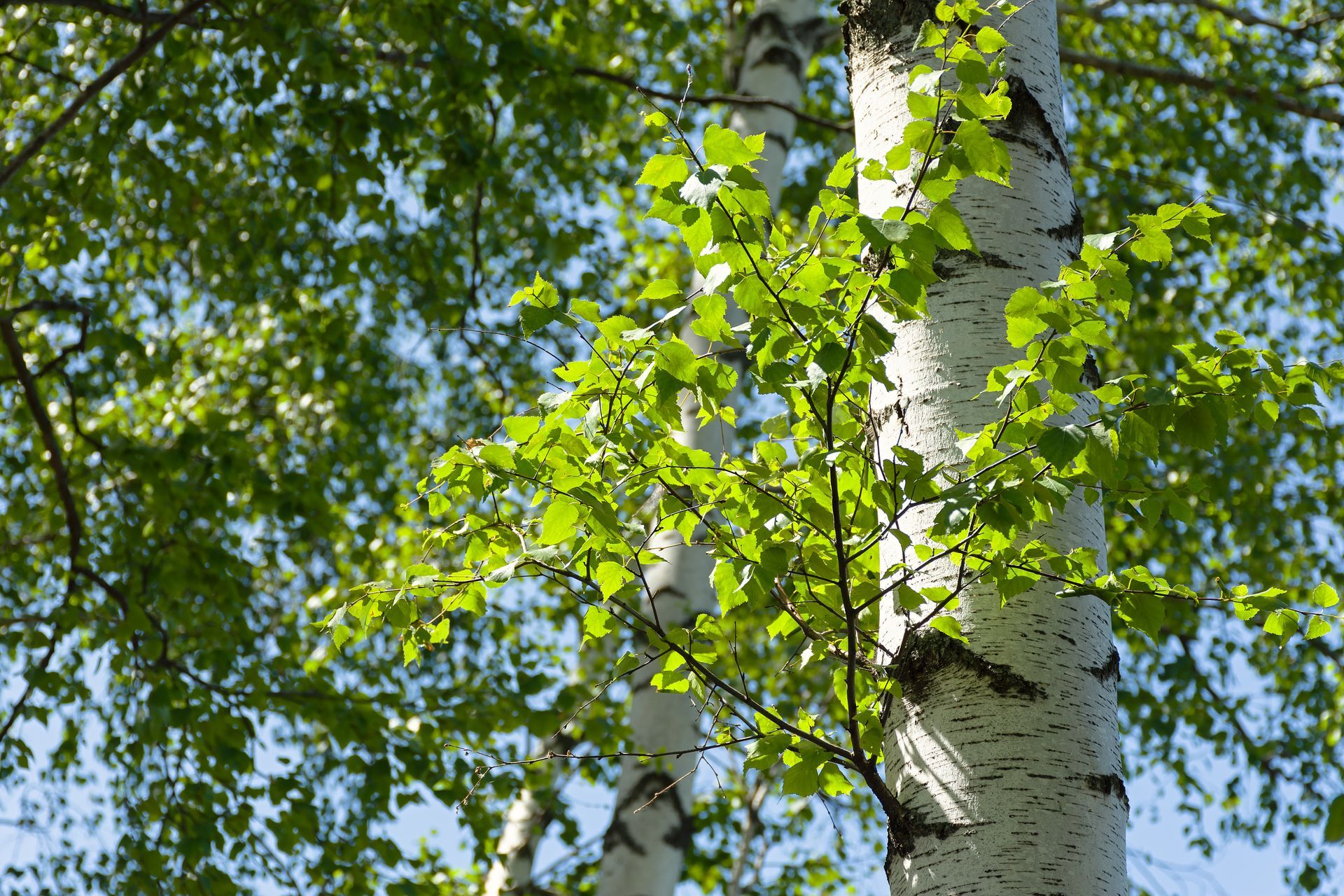
Birch
Early Spring
Common in the Northern U.S. and Midwest
Birch trees release lightweight pollen that travels easily through the air and straight into your sinuses.
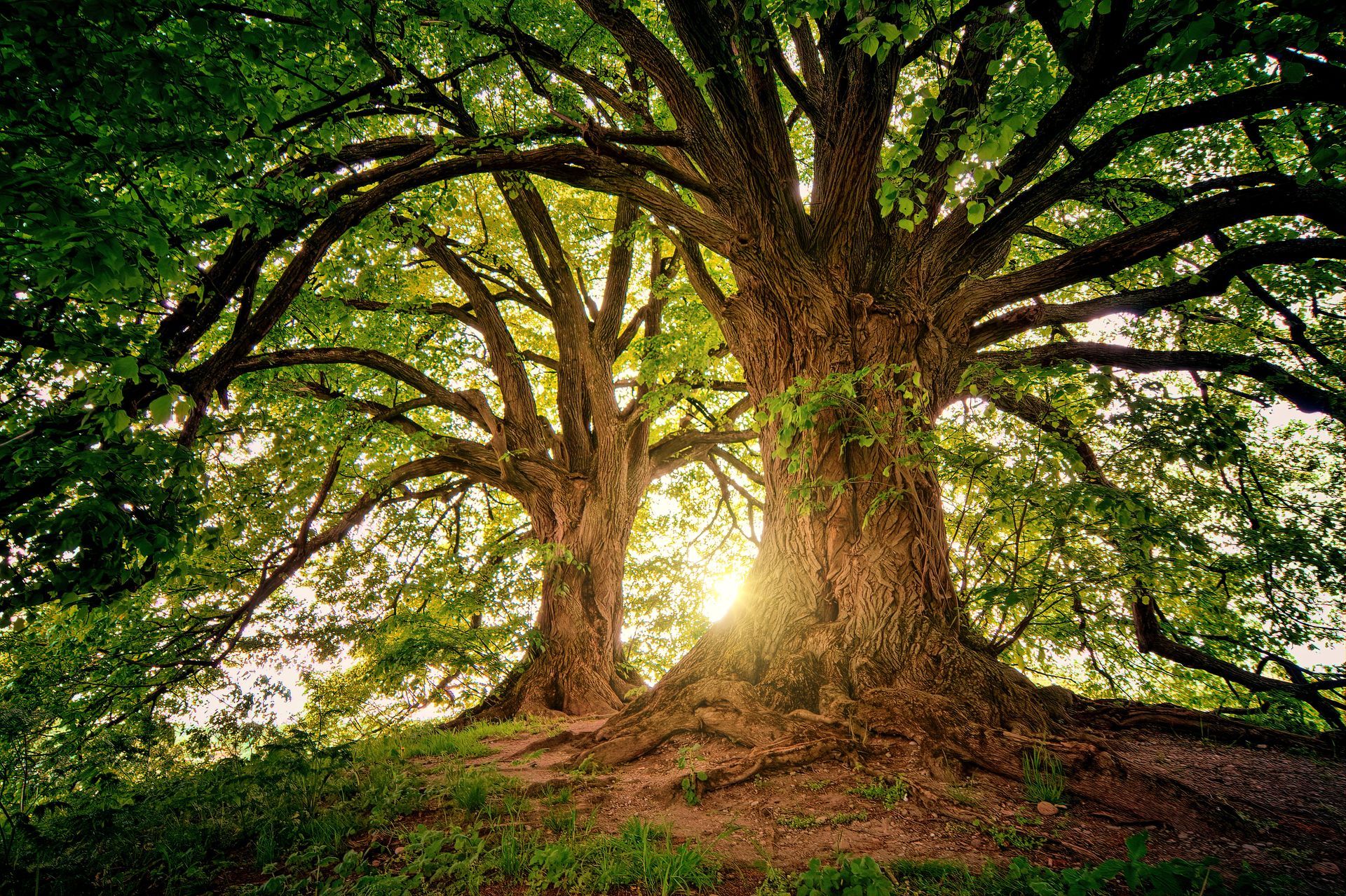
Oak
Mid-spring to early summer
Almost everywhere in the U.S.
Oak trees produce a high volume of pollen that sticks around for a while, keeping allergy season going strong.
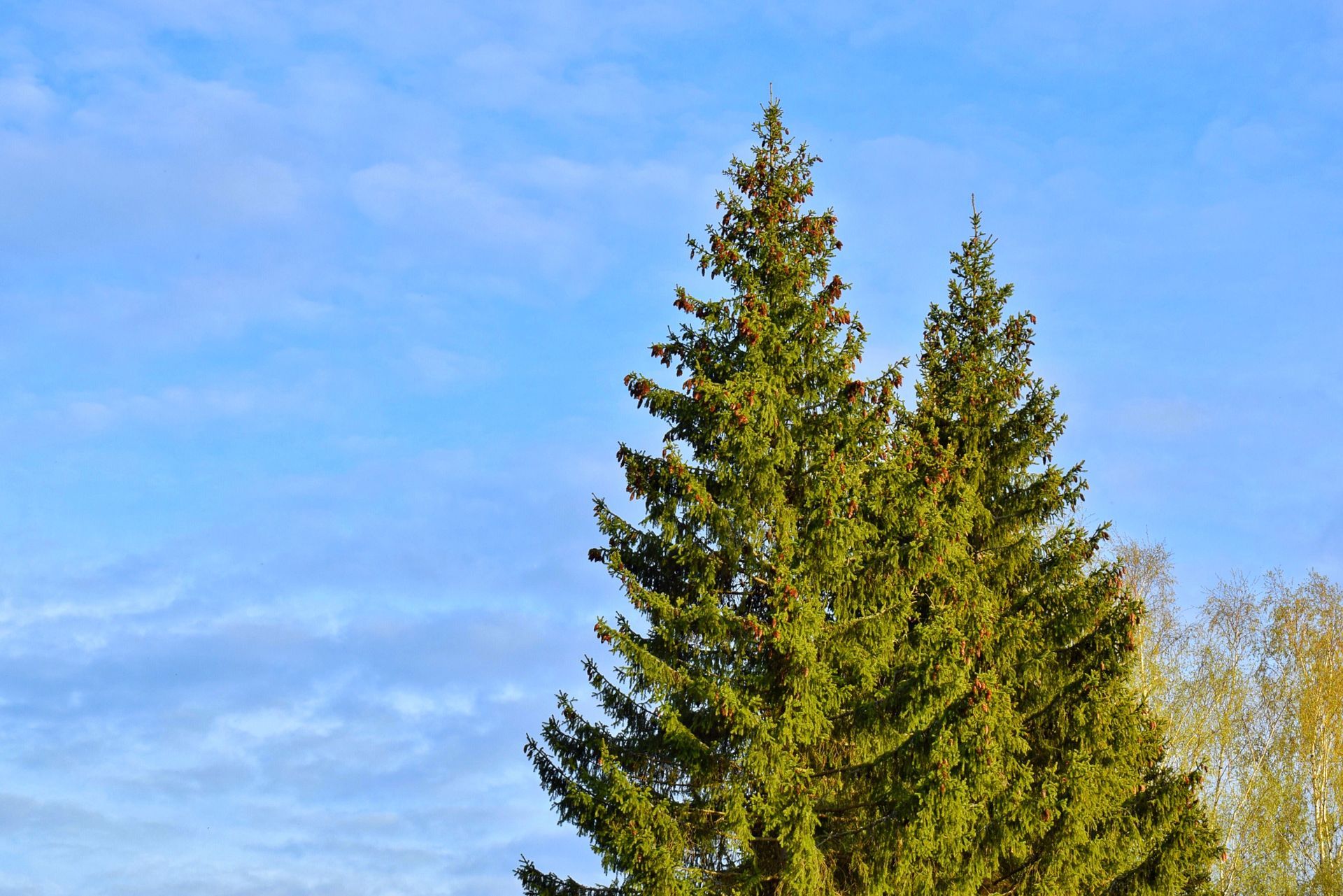
Cedar
Late fall to early spring
Southern states (especially Texas)
Cedar Pollen is super potent. In Texas, “cedar fever” is a real thing, causing intense allergy symptoms for many.
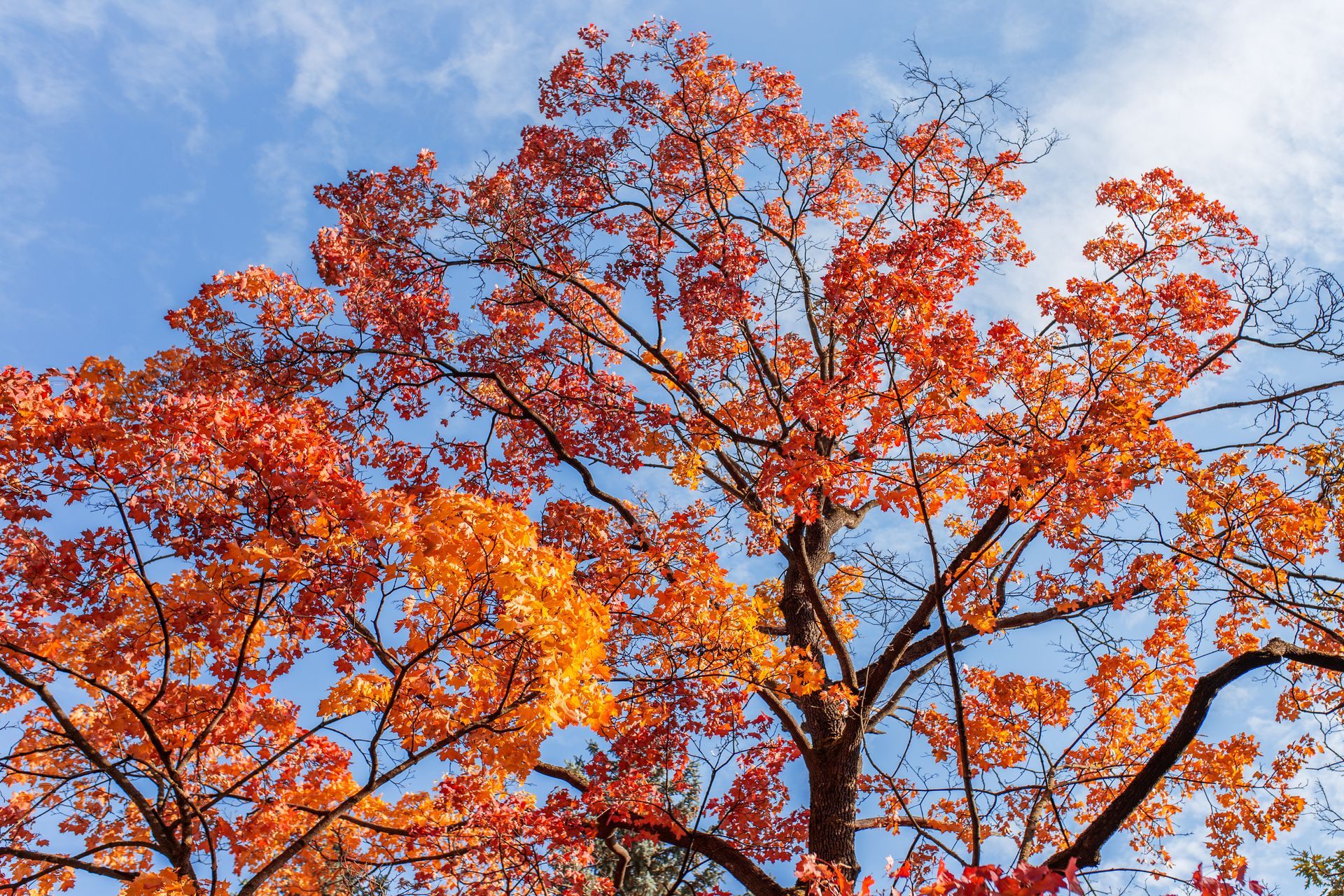
Maple
Early to mid-spring
Across the U.S.
Maple pollen is highly allergenic and often peaks right when people are itching to enjoy spring weather.

Elm
Spring and fall
Throughout the U.S.
Elm trees are a double whammy since they release pollen in both spring and fall.
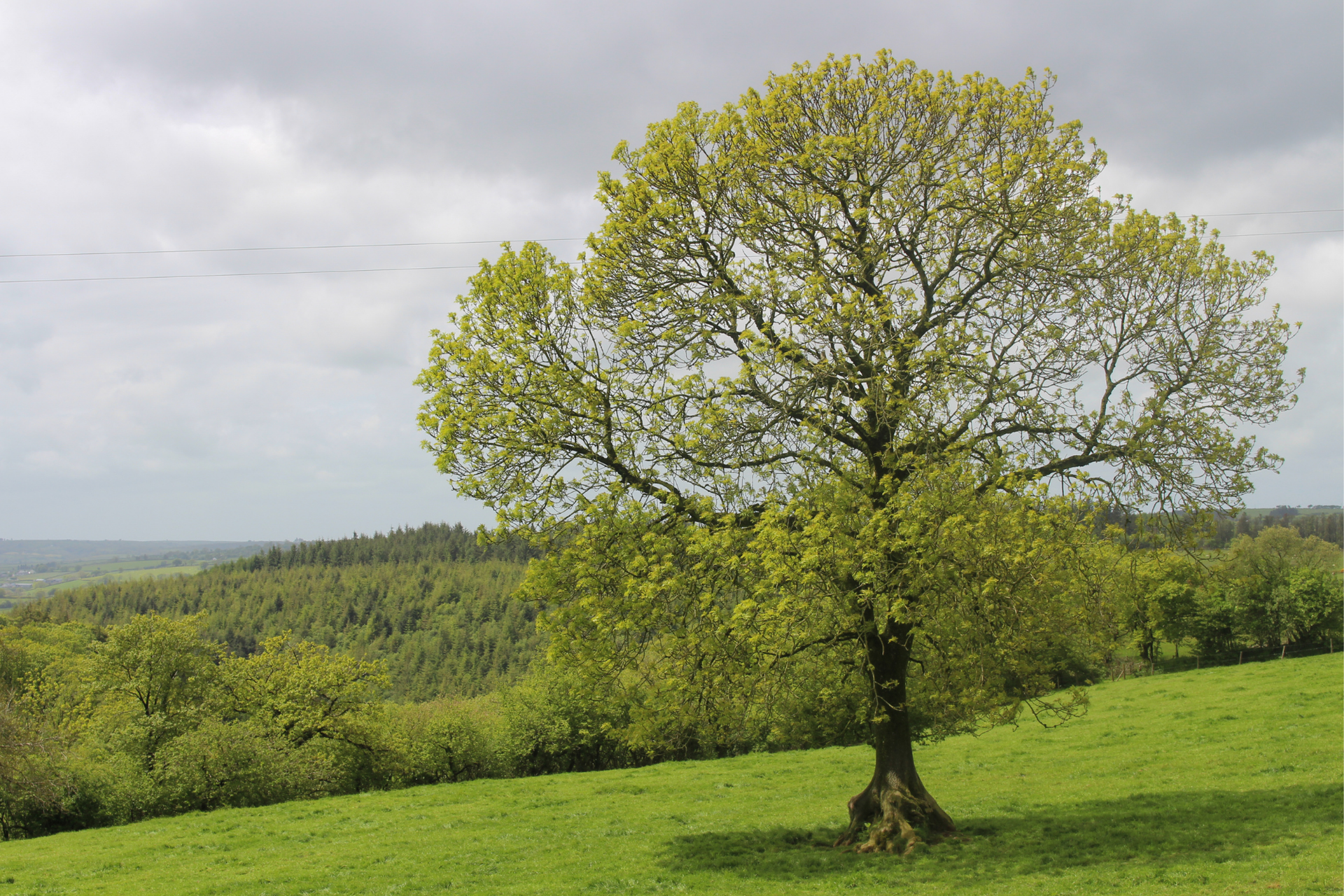
Ash
Mid to late spring
Eastern and Central U.S.
Ash trees are infamous for being heavy pollen producers with allergenic potential similar to birch and oak.

Mulberry
Late spring
Western and Southwestern U.S.
Mulberry pollen is so problematic that it’s actually banned in some cities due to how allergenic it is.

Hickory & Walnut
Mid to late spring
Eastern U.S.
Not as widespread, but their pollen can still pack a punch for sensitive individuals.
You can’t exactly avoid every tree in your neighborhood, but knowing which ones are likely to trigger your symptoms can help you prepare.
How to Tell If You’re Allergic to Tree Pollen
Think tree pollen might be behind your symptoms? Our checklist will clear things up.
Clues to Watch For: Is Tree Pollen the Problem?
Tree pollen allergies often show up like an uninvited cold. But these seasonal allergy symptoms can appear in ways that aren’t always textbook.
Here are some lesser-known—but still common—signs to keep an eye on:
- Itchy Skin or Hives (Urticaria): Some people develop red, itchy welts or dry, irritated patches when pollen counts are high.
- Hay Fever (Allergic Rhinitis): This term gets tossed around a lot, so think of it as a mix of sneezing, nasal congestion, and itchy eyes that won’t quit.
- Fatigue and Brain Fog: Allergies can mess with your sleep, and constant inflammation can leave you groggy, even after a full night’s rest.
- Mild Wheezing or Chest Tightness: If you have asthma or sensitive airways, pollen exposure can sometimes cause mild wheezing or shortness of breath.
How to Protect Yourself From Tree Pollen Allergies?
There are plenty of ways to manage tree pollen allergies so you can enjoy the season (without a box of tissues in hand).
Avoid the Pollen Party (at Home and Outdoors)
Lessen your exposure with a few simple habits:
- Keep windows shut, especially in the early morning when pollen counts are highest.
- Use air purifiers with HEPA filters to help trap airborne allergens.
- Shower and change clothes after being outside to avoid tracking pollen into your home.
- Check local pollen forecasts (there are apps for that!) and plan your outdoor time wisely.
Time for Testing!
If these signs sound familiar (or if you’re experiencing them right now), allergy testing can provide real answers. So head on down to Advanced Allergy and Asthma Care! We offer skin prick and blood tests to identify exactly which pollens cause trouble.
Medications That Can Help
There’s a range of treatments for pollen allergy, and some are available right at your local pharmacy:
- Antihistamines: Help reduce sneezing, itching, and runny nose
- Nasal corticosteroid sprays: Reduce inflammation and congestion
- Decongestants: Can offer short-term relief (use with caution—always check with your doctor if this counteracts with your other medications)
- Eye drops: Soothe itchy, watery eyes caused by pollen
If OTC medications aren’t cutting it, we can help find the right prescription-strength options for you.
Long-Term Relief: Immunotherapy
If pollen allergies are taking over your life year after year, it might be time to think bigger:
- Allergy Shots (SCIT): Build your tolerance to pollen over time.
- Sublingual tablets (SLIT): Melt-in-your-mouth tablets taken at home, usually before and during the pollen season.
Both options are safe, effective, and designed to give your immune system a reset.
Finally, Personalized Care
When it comes to allergies, everybody experiences them differently, so your treatment plan should be unique as well.
At Advanced Allergy and Asthma Care, we handle your care according to your specific triggers, symptoms, and lifestyle; from pinpointing the causes to finding the right mix of treatments, we’re here to help you enjoy the beautiful season without the ugly side effects.
Find Relief & Reclaim the Season with Advanced Allergy and Asthma Care

Even with the best strategies, we most likely still need extra support for our care journey. If you’re:
- Still dealing with symptoms despite OTC medications
- Unsure which allergens are affecting you
- Tired of the yearly pollen struggle and want long-term relief
…it’s probably time to see a professional
allergy doctor.
Let’s be honest—unless you’re living in a bubble, complete pollen avoidance isn’t an option. But with the right support and treatment, you don’t have to suffer through every spring.
Reclaim the season and breathe easy with our expertise! Here at
Advanced Allergy and Asthma Care, we’re here to help you regain control of your allergies so you can get that well-deserved relief all year round. Our services include:
- Allergy testing (skin prick and blood tests) to identify your exact triggers.
- Personalized treatment plans that fit your lifestyle.
- Immunotherapy options for long-term relief.
- Supportive care from a team that truly understands seasonal allergies.
We believe everyone deserves to breathe freely, sleep well, and enjoy the seasons without allergy symptoms getting in the way. Turn your spring of enduring allergies into one of renewal and outdoor enjoyment.
Spring shouldn’t mean suffering. At Advanced Allergy and Asthma Care, we’re ready to help you enjoy the season, symptom-free.
Tree Pollen Might Be Tough—But So Are We


